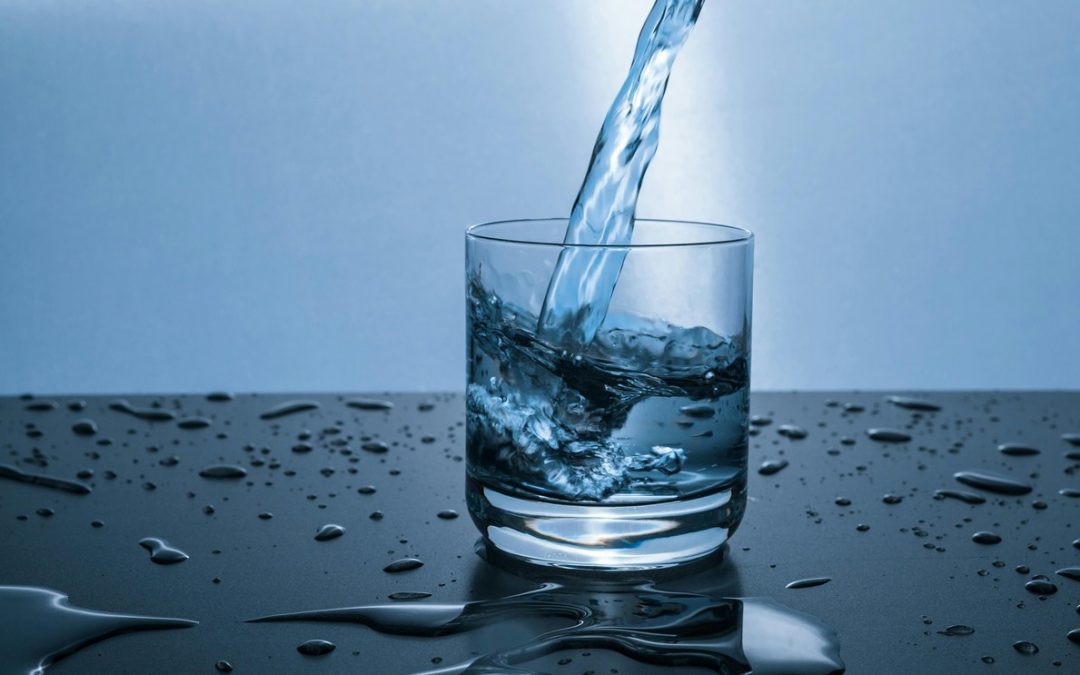You may already have a water softener or whole-house filtration system, or you may have an under-sink unit in the kitchen to clean up your water before you drink it. But how about the water in your bathroom? Some of the most important and ongoing daily tasks that we undertake with water are done in the bathroom, such as showering, washing hands and face, and so on. Read on to find out some of the many ways that a bathroom water filter can improve the water you use for bathing, brushing teeth, makeup removal, and so on.
Understanding Water Quality and Its Impact
If you live in the United States, then your water most likely comes from a municipal water treatment plant. City water is typically safe to drink in the United States, though very large cities have notoriously high levels of TDS (total dissolved solids), such as New York City and Los Angeles. The more people and animals there are in a given area, the worse the water quality will become over time, as clean water is consumed, and waste is produced.
Wastewater treatment plants clean water sufficiently to be released back into a natural waterway. A separately located drinking water treatment plant draws from natural waterways, and, utilizing a variety of different filtration media and steps, produce potable water for drinking and bathing.
To determine what is in the water in your city, check out the most recent annual government water quality report–these reports are mandated by the federal government, and can be found with a quick Google search. While most city water in the United States is technically “safe” to drink, there may still be any number of objectionable elements such as dissolved mineral content, heavy metals, disinfectants such as chlorine and chloramine, sediment, VOCs, and so on. Municipal water treatment plants simply do not attempt complete sterilization of water, i.e., the removal of any and all contaminants–that is a pragmatically impossible goal. Rather, they attempt to bring contaminants to within a reasonable range such that they do not pose a risk to humans.
If you are on well water, rather than municipal water, the biggest concern you should keep an eye out for is microbial contamination. Bacteria, viruses, helminths, protozoa, and all manner of tiny creeping thing can flourish and thrive within water, so if you are in doubt about the quality of your water, you should have it tested. UV light filters and/or home chlorination systems can be viable ways to treat such issues in a whole-house system, as you would want to neutralize the problem for all the water in your home.
Top Reasons to Install a Water Filter in Your Bathroom
Even if you already have a water softener and/or under-sink filtration system, there are still many reasons to go the extra mile, and install a specialized bathroom water filter or two. We tend to focus on the water we drink when talking about filtration, but all of the bathing is done in the bathroom, and water affects our entire body, outside and in, so the water we bathe in, wash our hands with, and brush our teeth with, is quite relevant to our overall well-being.
Healthier Skin and Hair
If you have ever showered in very hard water, then you likely remember it. When the mineral content in water gets too high, limescale starts to form on showerheads and countertops; towels get stiff and abrasive, and even your skin can feel chalky or somehow, not fully clean. This is because there are literally dissolved rocks clinging to the fixtures, towels, and skin. Calcium and Magnesium make up the lion’s share, but other trace minerals can be present as well, including dangerous heavy metals. There is usually chlorine in the water too, which can irritate some skin.
Safety from Waterborne Contaminants
The same contaminants that are in your kitchen sink are in your bathroom sink, and many of the most common contaminants in water don’t even have to be drunk in order to make contact. Volatile organic compounds, or VOCs, are substances with high vapor pressure that off-gas quickly. Such VOCs are commonly found in solvents, glues, paints, fuel additives, and so on. These can off-gas from the water in your shower, sink, or bathtub while you see to your morning ritual, but they can easily be removed with a carbon filter.
Improved Water Taste and Odor
Most people drink water from the bathroom tap at least occasionally. Who wants to walk all the way downstairs in the middle of the night? Even if it’s only for the benefits of brushing your teeth, the water will still taste and smell better if you install an inline carbon filter.
Types of Water Filters for the Bathroom
Bathrooms are generally a bit more limited in space than kitchens, meaning that only certain types of water filtration systems will be a good fit. Inline carbon filters under the bathroom sink make a lot of sense, as activated carbon is the best filtration media around for removing chlorine, and improving the taste and odor of water. Another filter you might consider is a shower filter. Typically containing activated carbon, possibly with KDF or another media added in, shower filters protect your skin while you lather and rinse.
The Bottom Line
If you have delicate, dry, or sensitive skin or hair, then putting in a shower filter can be one of the best home upgrades you can make. Even if you have other filtration throughout the house, don’t overlook the small but powerful bathroom filters.

Recent Comments